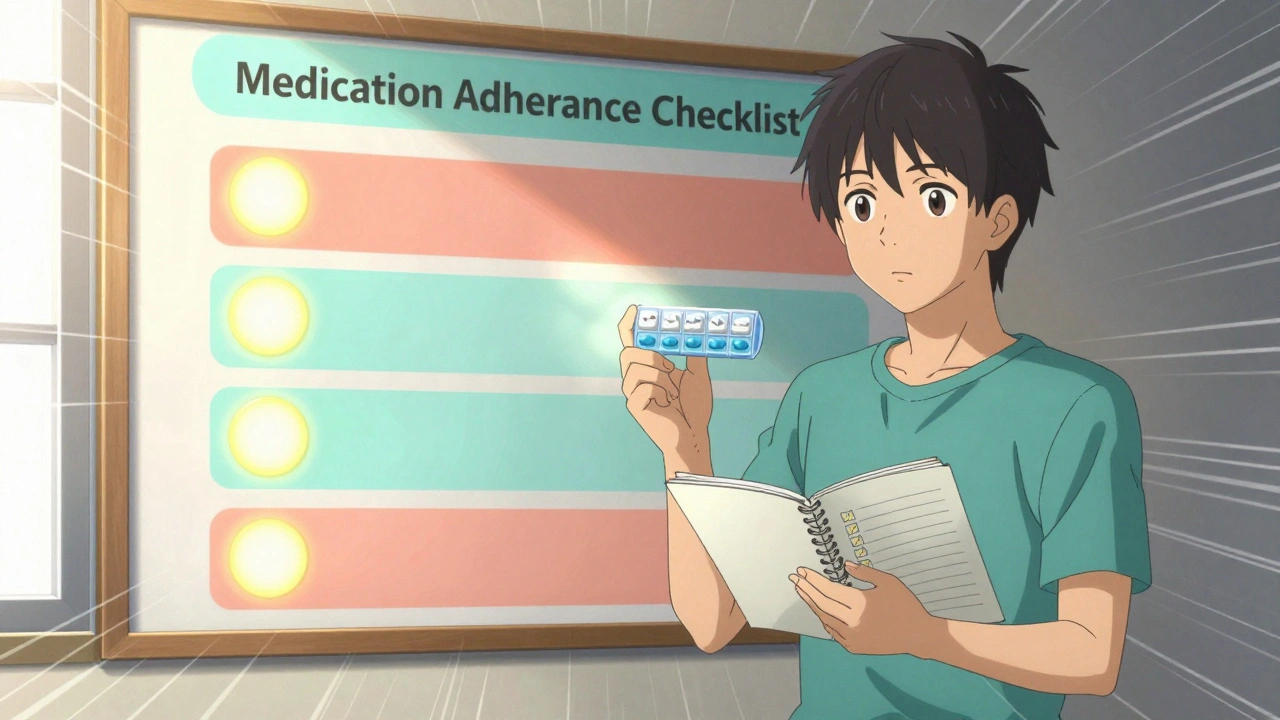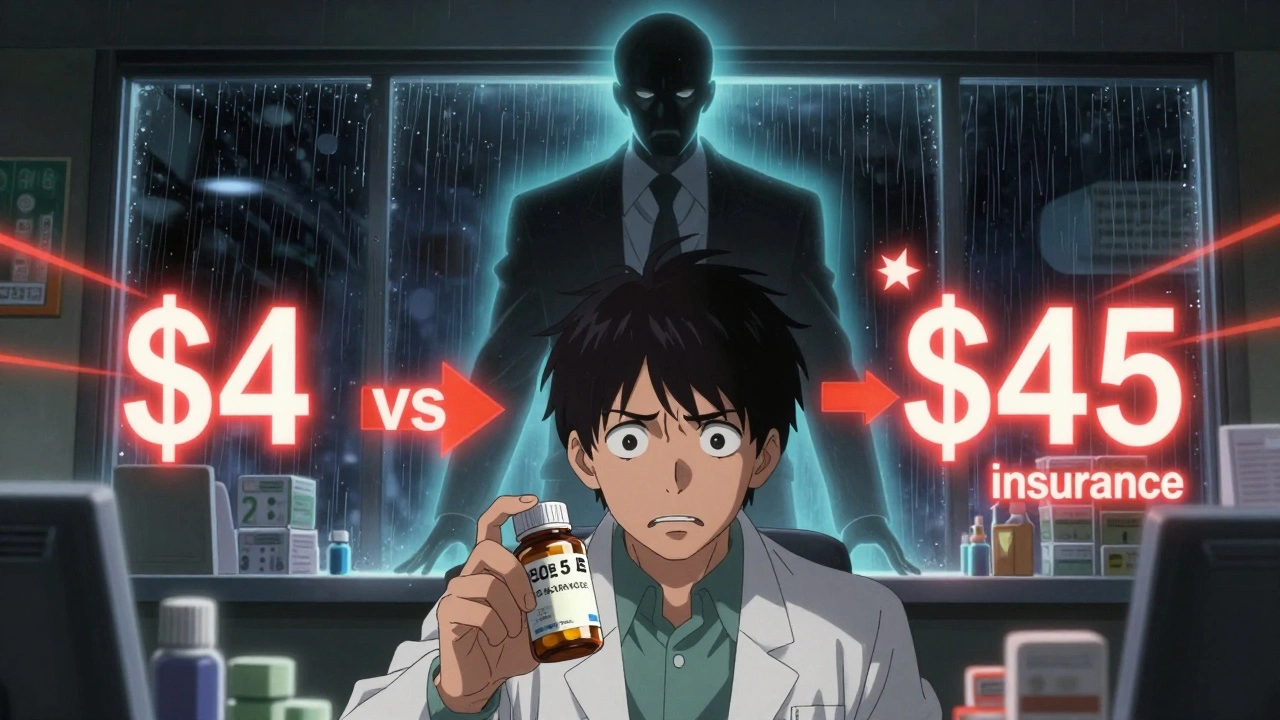Nocardiosis Treatment: What Works, What Doesn't, and What You Need to Know
When nocardiosis, a rare but serious bacterial infection caused by Nocardia species, often affecting the lungs or spreading to the brain. Also known as nocardial infection, it doesn’t respond to common antibiotics and usually strikes people with weakened immune systems. If you’ve been diagnosed or know someone who has, you’re probably wondering: what actually treats this? It’s not tuberculosis. It’s not a typical pneumonia. And it won’t go away with a standard course of amoxicillin.
This infection is tricky because Nocardia, a soil-dwelling bacterium that enters through inhalation or open wounds hides from many drugs. Doctors rely on a handful of antibiotics that actually penetrate its tough cell wall. Trimethoprim-sulfamethoxazole, often called Bactrim or Septra, is the first-line treatment — it’s used in over 80% of cases. But if you’re allergic, or the infection is resistant, alternatives like amikacin, linezolid, or ceftriaxone come into play. Treatment isn’t short. Most patients need at least 6 months. Some need over a year. Stopping too early? That’s how relapses happen.
What makes nocardiosis so dangerous isn’t just the bug — it’s who gets it. People on long-term steroids, transplant recipients, those with HIV, or cancer patients on chemo are at highest risk. If you’re immunocompromised and develop a persistent cough, fever, or neurological symptoms like confusion or headaches, don’t wait. Early diagnosis with a CT scan or lung biopsy can change outcomes. And while antibiotics do the heavy lifting, your body’s immune response still matters. That’s why managing underlying conditions — like reducing steroid doses when possible — is part of the treatment plan.
You won’t find a one-size-fits-all fix. Some cases stay in the lungs and respond well. Others spread to the brain — that’s when things get serious, and surgery might be needed alongside drugs. The posts below show real comparisons: how different antibiotics stack up, what side effects to watch for, and how patients manage long-term treatment. You’ll see what works when first-line drugs fail, how doctors adjust for kidney or liver issues, and why some people need lifelong monitoring. This isn’t theoretical. These are the decisions being made right now in clinics around the world. What you find here isn’t just info — it’s what actually helps people get better.
Cycloserine for Nocardiosis: Dosage, Effectiveness, and Safety Guide
A practical guide on using cycloserine for nocardiosis, covering dosing, safety, monitoring, and alternatives for clinicians.






